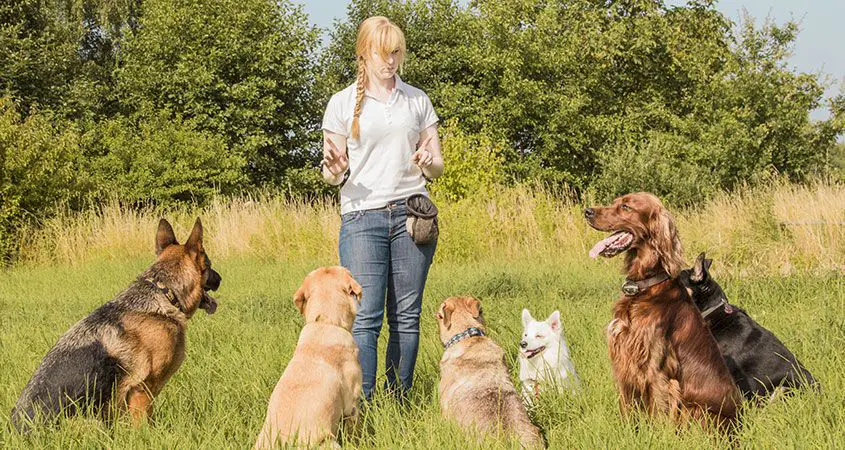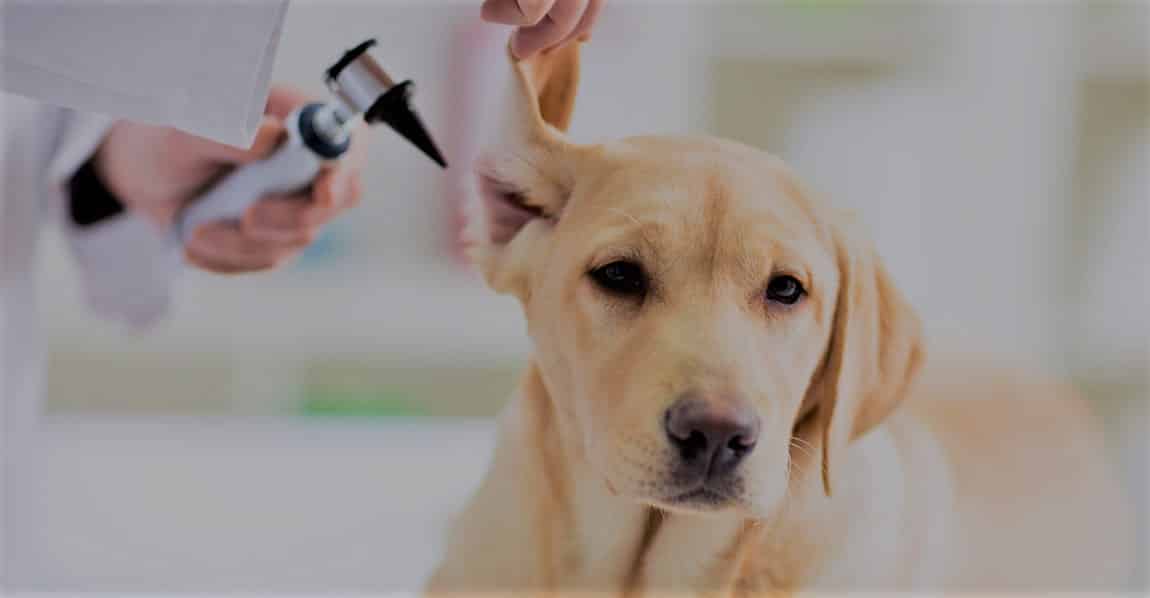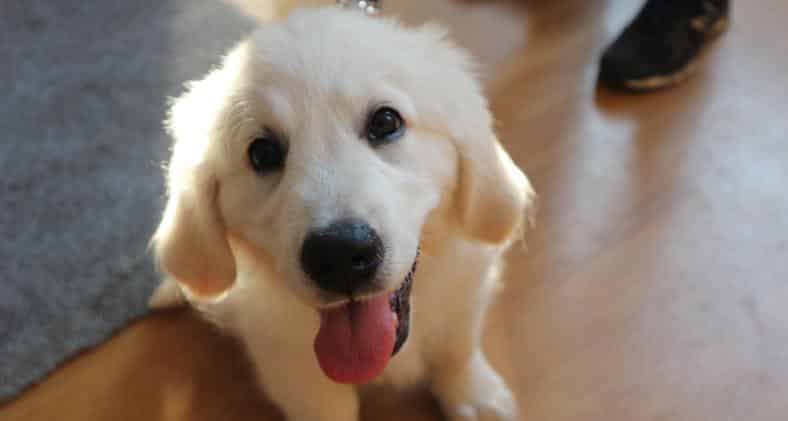Dogs Need a Place of Their Own
Many new dog owners are ambivalent about crates. They look at the small containers and regard them as prisons. And they can be right about this if a dog isn’t properly taught that the crate is its den.
Teaching a dog to regard the crate as its den is fairly easy. Canines want dens and will seek out comfortable, cozy places to stake out as their own. If taught the crate is that place a dog will seek out its crate any time it feels the need to “den up.”

In the beginning a puppy will likely whine and even howl when it is first brought into its new home. This has nothing to do with the crate. What the puppy is protesting about is that it is alone. Before this it had a mother that provided it with food and warmth. It had siblings around it and now there is only this empty area. It is lonely. And no you do not want to get the puppy used to sleeping with you. This can turn into a major problem as it gets older and bigger. Small dogs may not take up much space on a bed, but they can get very emphatic about just where their spot is; best not to start the problem at all.
A method used in the past to comfort the puppy was to wrap up an alarm clock (alarm off) and put it in the box or crate with the puppy. If the weather was cool a warm water bottle might be added as well. These objects provided the puppy with a warm spot to nest and the steady sound similar to its mother’s heart beat. Since it is no longer easy to find a wind-up clock that makes nice ticking sounds an alternative is to get one of the stuffed toys that has the sound of a mother’s heartbeat. They are readily available at baby stores. A heating pad wrapped and placed under the crate (not in it since the puppy might chew the cord) will provide warmth.
Another vital reason to use a crate as your new dog’s den is it will make housebreaking much easier. However, you will have to have the proper sized crate for this to work. This means resigning yourself to buying a new crate as the puppy grows and gets bigger. The crate needs to be just big enough for the puppy to stand up, turn around and lay on its side stretched out. Any bigger and the puppy might select a spot away from its sleep area to use as a potty.
For the first week or so anytime you take your new dog from the crate you need to immediately take it to where you want it to relieve itself. If you live in an apartment and have a small dog it may be easiest to have a litter box like that cats use. Dogs can be trained to use them as well. For a larger dog you will have to take it outside.
When your big dog is a puppy the best
thing to do the first time you take it out of the crate is to pick it up and
carry it to the area you want it to use for its potty. This way there won’t be
as many accidents and the puppy will learn exactly where it is supposed to go
much quicker. Be sure and remember to praise your puppy as it is urinating or
defecating. To praise before or after the event will confuse the puppy.
Once your puppy has relieved itself you can bring it back inside for feeding
and play time. These need to be kept fairly short for a very young puppy
because they need a lot of rest. As the puppy gets older and better able to
control its self it can have longer and longer times out of its crate. A very
young puppy will need this process repeated every two hours; eventually it can
be stretched to four hours.
Once the puppy is well housebroken and accustomed to its routine you can begin letting it have more freedom. This is also a good time to teach it the command “Bed” “crate” or “den” meaning it needs to retire to its den until you say it can come out again. This can be a valuable command when you have a guest who is frightened of dogs or allergic to them.
You’ll know crate training is successful when you find that your dog retires to the crate to rest.




